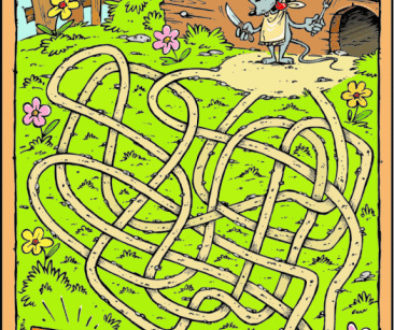Art as a teaching tool for autistic children
Autism is a complex developmental disorder that manifests in children by the age of three. The incidence of autism is on the rise. But the exact cause of it is not known. Experts believe that it occurs due to neurological impairment that has an effect on normal brain function and causes significant social, communication, and behavioural challenges. Autistic children process information in their brain differently than other people. Hence, teaching these children needs different strategies.
Autistic children are usually visual learners. They understand pictures better than verbal instruction. So, it is advisable for educators to avoid giving long strings of verbal instructions while teaching a child with Autistic Spectrum Disorder (ASD). The use of art as a teaching tool can be a great and effective way in developing the learning process of an ASD child.
Many children with autism are good at drawing. These talent areas should be encouraged by parents, educators and therapists. Art gives them a degree of control over their learning. An ASD child when shown a picture and taught prepositions (in, on, under, in front of etc.), may become bored. However, if the same child is asked to draw ‘A rat sits on a mat’ or ‘The ball is under a table’, he finds it more interesting and achieves much more control over his learning experience.
Although many autistic children are good at numbers, they usually find it difficult to solve story sums or word problems. They face issues in understanding the language of the problem. So for better results, break down the whole sums into parts and help the child ‘translate’ the language into pictures. Drawing a picture of the problem facilitates understanding the problem. ‘What is the problem actually asking?’ This can be an effective way of teaching story sums to an ASD child.
Many autistic children have problems with their fine motor skills. Art activities like colouring pictures with crayons can bring about improvement. The educator can ask a child to ‘colour the big ball or colour a small balloon’ while teaching the basic functional concepts. In this way, he can not only help a child to learn concepts but also hone his motor skills.
Children with ASD struggle with focus and attention, and that affects their learning process. So, incorporating close-ended activities like art and drawing assignments which require more focus and concentration in teaching methods would be a better idea for their effective learning
An autistic child, who is non-verbal and cannot communicate, gets angry and frustrated when unable to open up his feelings and choices. Art can be used as a medium to express his emotions, interest or choice. Communicating a simple choice of ‘No’ and ‘Yes’ can be encouraged by drawing ‘X’ or ‘v’.The more the child is able to express his thoughts in colours, the better the teacher understands him. It is of enormous benefit when it comes to teaching an ASD child.
Teaching through creative methods is highly recommended for providing a highly interesting and unparalleled level of communication and engagement with autistic children. Educators, therapists and parents should also encourage the talents of ASD children which often go unnoticed and not utilised properly. ASD children are not unskilled but there is a need to guide and help them in recognising and highlighting their talent so that it can be converted into skills. Art as a teaching tool undoubtedly helps struggling learners and allows them to experience happy learning.
Note: The above article was first published in the January 2017 issue of The Progressive Teacher


